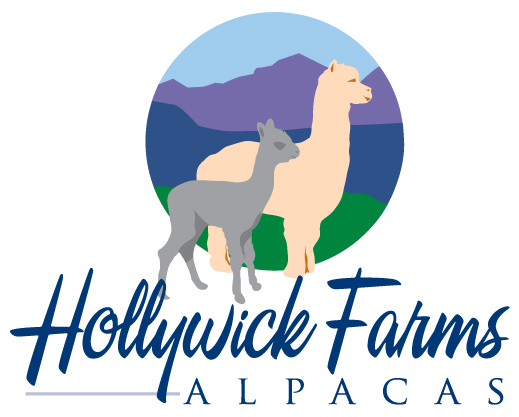Definition of Ruminant from the American Heritage Science Dictionary
Any of various even-toed hoofed mammals of the suborder Ruminantia. Ruminants usually have a stomach divided into four compartments (called the rumen, reticulum, omasum, and abomasum), and chew a cud consisting of regurgitated, partially digested food. Ruminants include cattle, sheep, goats, deer, giraffes, antelopes, and camels. The American Heritage® Science Dictionary. Copyright © 2002. Published by Houghton Mifflin. All rights reserved.
Alpacas are different than other ruminants, having evolved to thrive in their native environment high in the Andes mountains of South America. One of the most notable differences is their three-compartment rumination system. For more on the significance of these differences see the Llama and Alpaca Care book referenced below.
Must have publications:
Alpaca Field Manual, 3rd Edition, C. Norman Evans; 2008, C. Norman Evans, DVM.
Llama and Alpaca Care, 1st Edition: Medicine, Surgery, Reproduction, Nutrition, and Herd Health, Cebra, Anderson, Tibary, Van Saun, Johnson; © 2014 by Saunders, an imprint of Elsevier, Inc.
Optional Publication (very technical, not for the faint of heart):
Medicine and Surgery of South American Camelids, Murray E. Fowler, DVM, 2nd Edition; 1998, Iowa State University Press.
Medication Dosages for Camelids
We have found this information to be very useful on our farm and wanted to share it with other alpaca owners and breeders.
Medications for Camelids by Pamela Walker, DVM, MS, DACVM-LA

